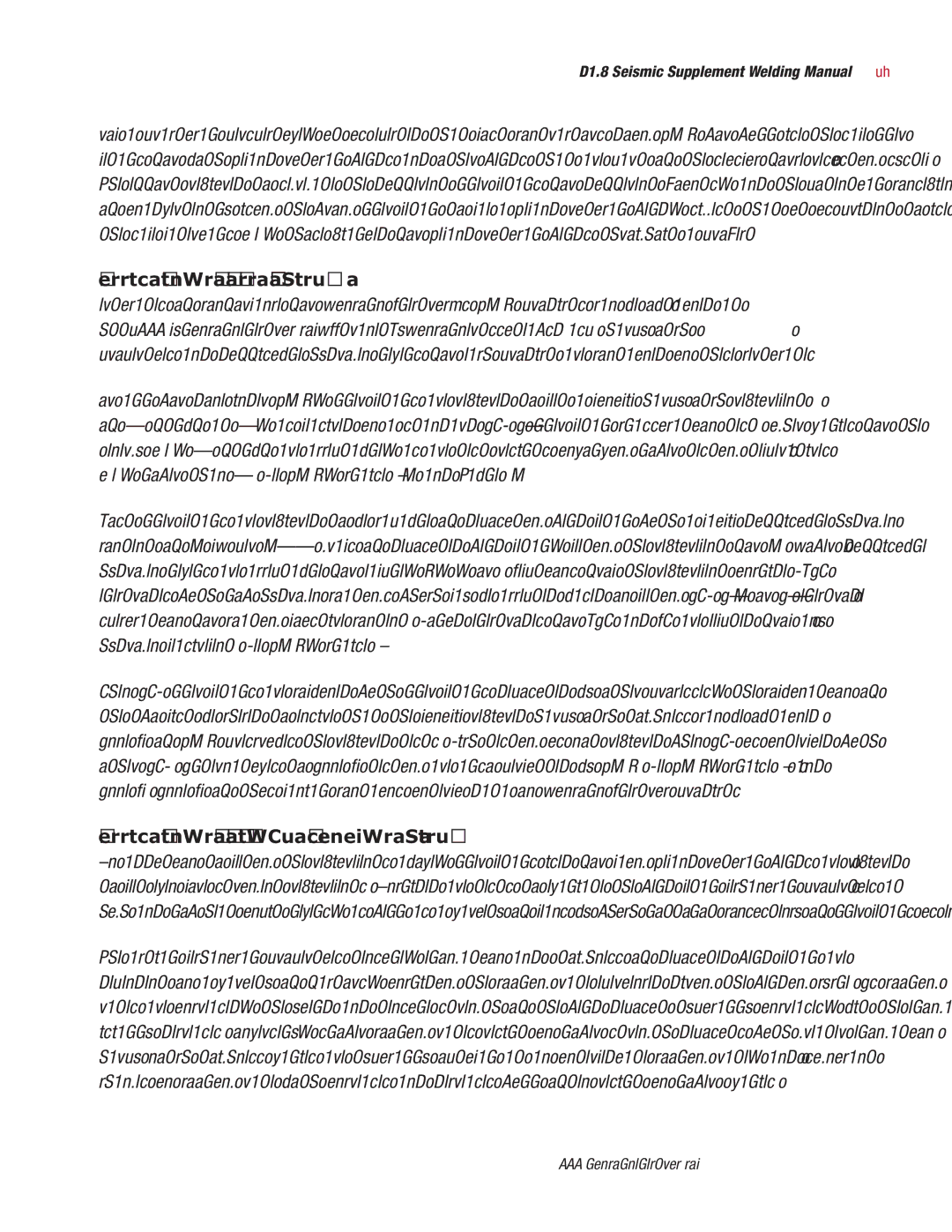
D1.8 Seismic Supplement Welding Manual
15
From a practical perspective, it is expected that most contractors doing D1.8 work will use the same filler metals for both Demand Critical welds and other welds that are part of the seismic force resisting system. The effort required to segregate the different filler metals for different joints, and the potential consequences of inadvertently using the wrong filler metal to make a Demand Critical weld, suggest that it is prudent to use the same materials (i.e., those qualified for Demand Critical welds) throughout a project.
Filler Metals – All D1.8 Welds
Certificates of conformance for Lincoln Electric’s D1.8 products can be obtained at http://www.mylincolnelectric.com/LEExtranet/MyLincolnCerts/site/awsd.aspx. Charpy
For all work done under D1.8, filler metals are required to meet a minimum Charpy
Most filler metals are required to be capable of depositing weld metal with a maximum diffusible hydrogen content of 16 mL per 100 grams of deposited weld metal, meeting the requirement for H16. Lower diffusible hydrogen levels are acceptable (for example, H8, H4, or H2). Exemptions from the requirement include SMAW electrodes with low hydrogen coatings which may be accepted based on meeting AWS A5.1 or A5.5 electrode specification for coating moisture content. Solid electrodes for GMAW and EGW are exempted from any hydrogen measurement. See D1.8, clause 6.3.2.
When
Filler Metals – Demand Critical Welds
In addition to meeting the requirements above, filler metals used for making Demand Critical welds are required to meet even more stringent requirements. Included are tests to evaluate the weld metal mechanical properties at high and low heat input levels, as well as a variety of means by which
The actual mechanical properties (tensile, elongation and CVN toughness) of deposited weld metal are dependent on a variety of factors, including the cooling rate experienced during the welding cycle. As cooling rates are increased, the yield and tensile strength of the weld deposit typically increases, but the elongation usually decreases. Conversely, slower cooling rates result in lower strength deposits with greater elongation. Charpy
www.lincolnelectric.com
